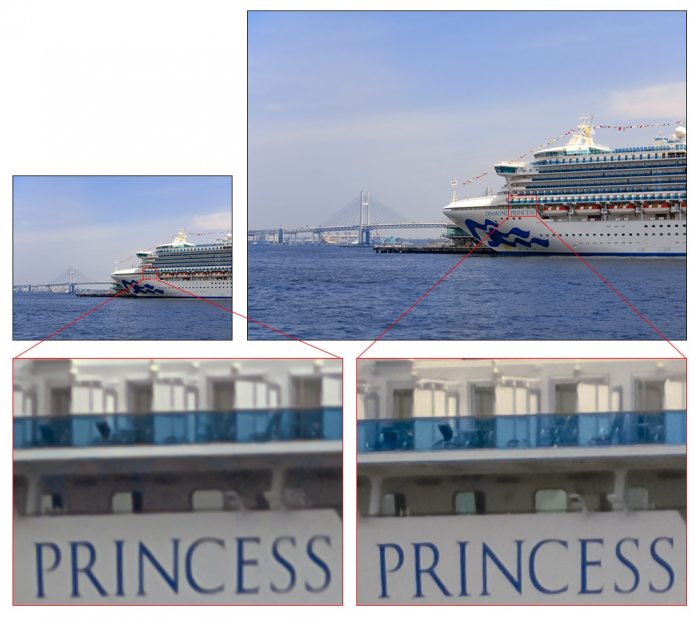When the Japanese giant announces a new mobile image sensor, it is an event. Indeed, it is highly likely the new module will be placed in a vast number of upcoming smartphones. With that in mind, Sony unwrapped the new IMX586 CMOS image sensor today. Manufacturers are taking note because this is the camera component designed for the next generation of flagship hardware. As you’d expect from a new market-leading sensor, the IMX586 is stacked with top of the line specs. It boasts 48 effective megapixels, which puts it right at the top of the industry at the moment. Sony crafted a tiny sensor at 0.8mm to pack as many effective megapixels as possible into the ½-type (8.0mm) sensor. Thanks to the boosted pixel count, the IMX586 will produce crisper images even in digital zoom situations. So, with this world-first specification, Sony says the IMX586 allows both high sensitivity and high resolution due to its Quad Bayer color filter: “By adopting the Quad Bayer color filter array, where the adjacent 2×2 pixels come in the same color, the new sensor delivers both high sensitivity and high resolution. In low light situations, such as shooting at night, the signal from the four adjacent pixels are added, raising the sensitivity to a level equivalent to that of 1.6 ?m pixels (12 effective megapixels), to capture bright, low-noise photos and videos. When shooting bright scenes such as daytime outdoors, the built-in, original signal processing function performs array conversion, making it possible to obtain high-definition 48 effective megapixel images in real time.”
Additional Features
Elsewhere, the new sensor houses signal processing and exposure control abilities. Both these features give the IMX586 better dynamic range that is four time greater than normal cameras. Images needed in overly bright or dark environments will have minimal highlight blowout and maintain much of the real-world detail. Sony says it will start shipping the IMX586 to OEMs in September. It should land in the first flagships launched at the start of 2019.




